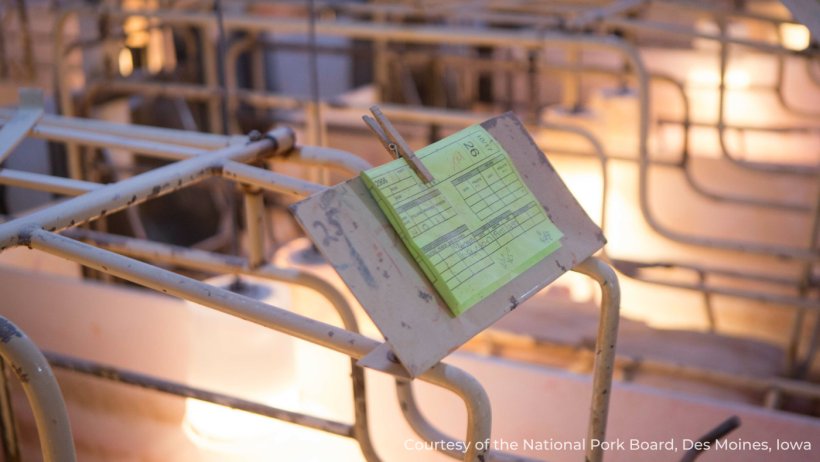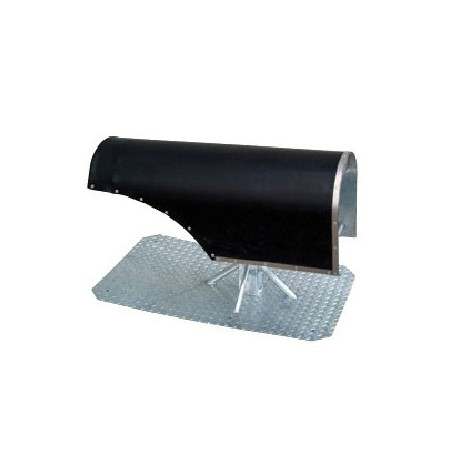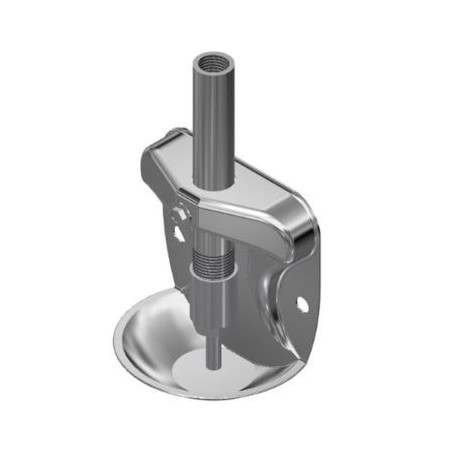Commented article
Monteiro MS, Muro BBD, Poor AP, Leal DF, Carnevale RF, Shiroma MP, Almond GW, Garbossa CAP, Moreno AM, Viana CHC. Effects of farrowing induction with prostaglandins on farrowing traits and piglet performance: A systematic review and meta-analysis. Theriogenology. 2022; 180:1-16. https://doi.org/10.1016/j.theriogenology.2021.12.010.

Comment
The use of prostaglandins as a method to synchronize farrowing is a well-known and widely used technique in the field. However, opinions about this technique vary widely among technicians. One of the most widespread opinions is that its regular use reduces piglet quality, causing higher pre-weaning losses if farrowing is not managed with greater assistance than usual. This popular belief is what has led to the fact that, in general, prostaglandins are used to close out the farrowing batch, that is, on the sows that have reached their expected gestation and have not yet farrowed.

This article conducts a very thorough analysis of everything that has been published. From 2629 articles, 52 were selected simply on the basis of scientific criteria. The following conclusions are drawn from the selected articles:
- Only when sows are induced 3 or more days before the expected gestation length is the quality of the piglet at farrowing negatively affected
- if synchronization occurs between 3 days and the expected day of farrowing, no negative effects are observed
- when synchronization is performed the day before farrowing, a considerable decrease in stillbirths is observed (28%)
- the application of prostaglandins split into two doses six hours apart increases the power of synchronization, increasing the percentage of farrowings occurring the day after administration by 37%
- based on the articles analyzed, no conclusions can be drawn as to whether their use has a negative effect on colostrum quantity or quality, but what can be concluded is that if there is a negative effect, it does not affect either pre-weaning mortality or weaning weight.
Perhaps one of the aspects worth commenting on is that gestation length in the works published and analyzed in the article is always measured from the last insemination, which is not customary in practice. On the vast majority of farms, gestation length is calculated from the mating determined by the first insemination (not the last). This small detail could explain the negative perception that some technicians have of this, as it could obviously be increasing the percentage of sows that are synchronized three or more days before the expected farrowing date.
Summary of commented article
Induction of farrowing with prostaglandins is a way of increasing farrowing supervision and to provide adequate care for piglets in the first hours of life. However, some studies observed negative effects associated with induction, including decreased piglet viability, reduced birth weight and decreased colostrum yield. Furthermore, the farrowing response of sows to prostaglandins treatment varies among studies, largely influenced by the induction protocol applied. Thus, a systematic review and meta-analysis was carried out to evaluate the effects of farrowing induction with prostaglandins on stillbirth rate, birth weight, pre-weaning mortality, weaning weight, farrowing duration and colostrum and milk characteristics as well as the farrowing response to prostaglandin treatment. The interval from farrowing induction to onset of farrowing (IFIOF) was 31 h, and a twice application of prostaglandin increased by 37% the proportion of sows farrowing during the next working day. Prostaglandins had no effect on farrowing duration (P > 0.05). Piglet birth weight and weaning weight were only decreased (P < 0.05) when farrowing was induced ≥3 days before the expected farrowing date (based on herd average or in gestational length of the control group). Induction three or two days before the expected farrowing date had no effect on stillbirth rate; conversely, stillbirth rate was reduced by 28% (P < 0.05) when induction was performed one day before the expected farrowing date. Farrowing induction had no influence on pre-weaning mortality. The present study strengthened the observations that farrowing induction with prostaglandins is a valuable tool to reduce gestational length variation and to synchronize farrowing during the working day, allowing better assistance to sows and piglets. To obtain the maximum benefit of farrowing induction, it is recommended that induction should be performed one or two days before the expected farrowing date. |


















